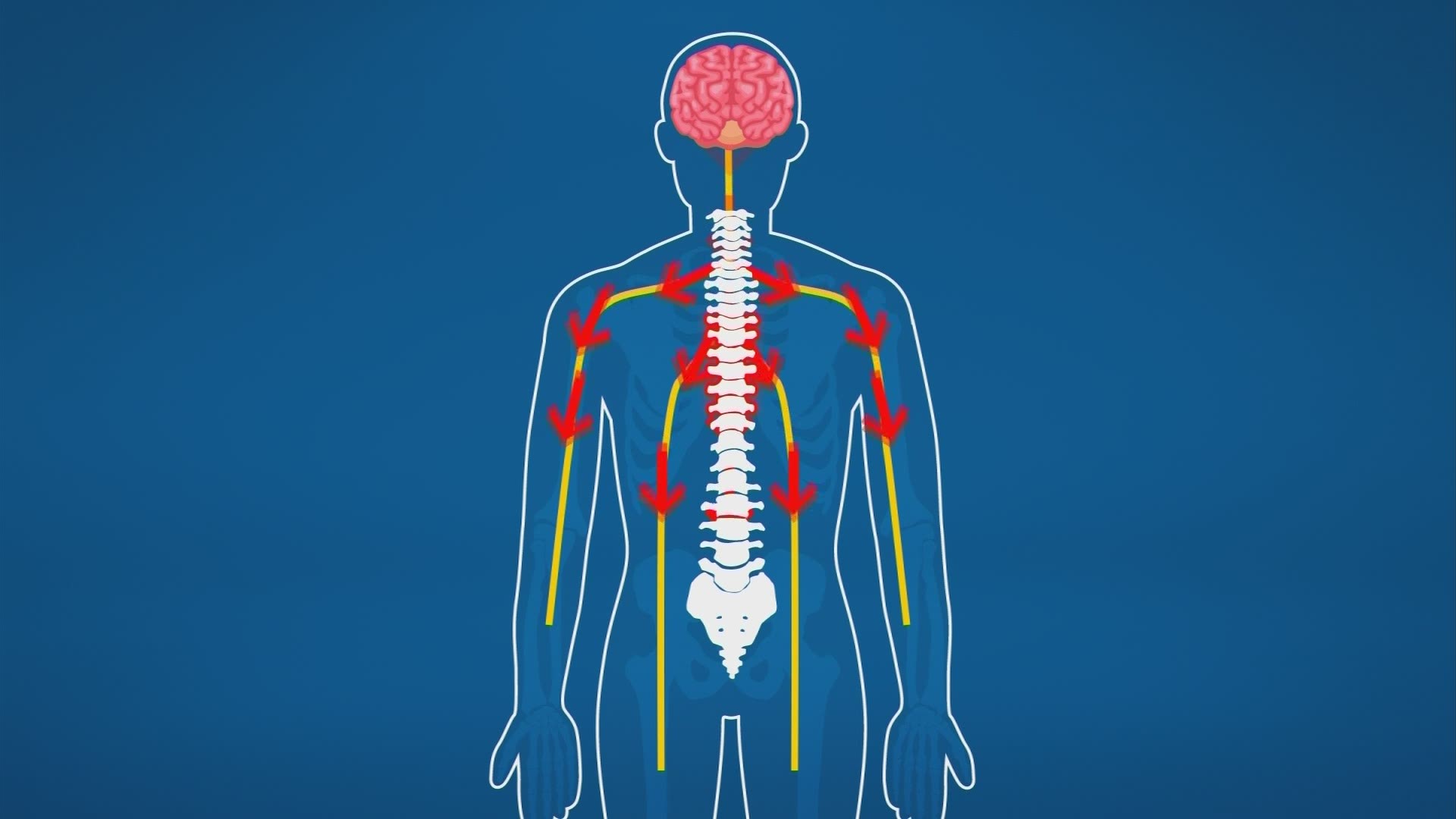COLUMBUS, Ohio — A significant discovery has been found by researchers at The Ohio State University Wexner Medical Center and College of Medicine that is said to potentially save money in costly medical bills and save lives.
“I got paralyzed in a motorcycle accident when I was 19,” said Dr. Sasha Rabchevsky who has dedicated his life to spinal cord injury research.
Dr. Rabchevsky currently works at the University of Kentucky College of Medicine.
“When I saw the publication come out I got giddy. I said, ‘finally, this has some teeth.’”
While medical experts consider spinal cord injuries rare, they tend to happen to younger people leading to a lifetime of medical and financial hardships for them and their families.
New research at Ohio State using mice has found a way to stop further health problems that can result from such an injury.
"It's a new way of using the drug in a way that could significantly change how people are treated and how they respond to their spinal cord injuries," said Dr. Phillip Popovich, the senior author of the study which repurposes the pain medication: Gabapentin.
"In people with spinal cord injuries it is often used to treat neuropathic pain because that's a complication that develops after a spinal cord injury," he explained.
When someone suffers a spinal cord injury their spine produces new pathways to communicate. Those pathways are abnormal and lead to pain and other problems affecting heart health and immunity.
In mice, the study found that Gabapentin can block these pathways from ever forming, preventing the problems that can lead to hospitalizations or even death.
"Keeping those neurons from causing those harmful changes can keep people alive, keep them out of the hospital, and give them a much greater quality of life," said Dr. Popovich.
It's going to take time and more research to figure out how exactly this finding in mice translates to humans.
You can watch our full interview with Dr. Popovich below.


